Spiritually Incorrect: Some Remarks on the Teacher-Student Relationship – by Dr. Marc Gafni
By Dr. Marc Gafni – Originally Published in Response to a paper by the Integrales Forum Germany in 2011
 Thank you for your kind invitation to comment on the Integrales Forum position paper in regard to teacher-student relations. First let me congratulate you on this paper, which serves to initiate this important conversation. This topic is a worthy one in need of urgent address on many levels. Let me also commend your excellent deployment of the Integral framework in discussing these issues. It is the use of the Integral framework that allows for this discussion to hold the necessary complexity, multiples perspectives, and nuance that it deserves.
Thank you for your kind invitation to comment on the Integrales Forum position paper in regard to teacher-student relations. First let me congratulate you on this paper, which serves to initiate this important conversation. This topic is a worthy one in need of urgent address on many levels. Let me also commend your excellent deployment of the Integral framework in discussing these issues. It is the use of the Integral framework that allows for this discussion to hold the necessary complexity, multiples perspectives, and nuance that it deserves.
In broad terms, I agree with your conclusions in terms of the need for some essential standards in regard to spiritual teachers. Clearly we are all aware of the most horrific abuses that take place in the context of some pre-personal cults, as well as of some of the more subtle forms of psychological manipulation, financial dishonesty and sexual abuse that take place in these same contexts under the fig leaf of the teacher-student relationship for the sake of the dharma. To protect the potential victim and shield the powerless from the whims of the powerful is a core obligation of any community.
At the same time, as you indicate in your paper, much discernment in needed in this conversation to assure that the teacher-student function is upheld. For indeed, without this teacher-student function, both the transmission of wisdom as well as the personal and collective enlightenment of the interior face of the cosmos would be severely impaired. The teacher-student function is essential for these evolutionary goals.
(more…)

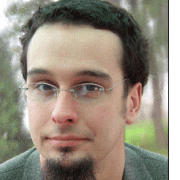
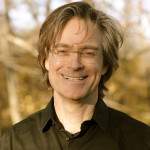 Abstract: Foreshadowing arguments from the forthcoming book, Towards a New Politics of Evolutionary Love, this paper suggests that humanity is in the throes of a species wide identity crisis, precipitated by a broadening awareness of our impending self-inflicted extinction. This growing awareness that humanity is responsible for its own fate and the fate of the planet is referred to as the second shock of existence. The second shock has spawned a great deal of discussion about the need for revolutions in technological, economic, and ecological infrastructures, yet this focus on exteriors addresses only half the picture. Comparable revolutions of our interiors must also take place—radical transformations in the very structure of our consciousness and species-wide self-understanding. This is a call for attending to the interior dimensions of the current global crises, recommending in the strongest possible terms that tremendous energy and resources be rechanneled into planning for the vast educational reconfigurations facing humanity in the coming decades.
Abstract: Foreshadowing arguments from the forthcoming book, Towards a New Politics of Evolutionary Love, this paper suggests that humanity is in the throes of a species wide identity crisis, precipitated by a broadening awareness of our impending self-inflicted extinction. This growing awareness that humanity is responsible for its own fate and the fate of the planet is referred to as the second shock of existence. The second shock has spawned a great deal of discussion about the need for revolutions in technological, economic, and ecological infrastructures, yet this focus on exteriors addresses only half the picture. Comparable revolutions of our interiors must also take place—radical transformations in the very structure of our consciousness and species-wide self-understanding. This is a call for attending to the interior dimensions of the current global crises, recommending in the strongest possible terms that tremendous energy and resources be rechanneled into planning for the vast educational reconfigurations facing humanity in the coming decades.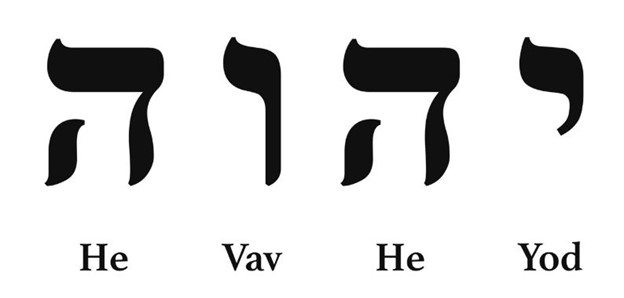
 In her recent white paper from January 2014
In her recent white paper from January 2014 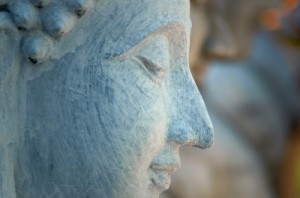 Contemplative practice can encourage the ability to focus and enter into a subject with minimal distraction and interruption. It can help a great deal with stress reduction.
Contemplative practice can encourage the ability to focus and enter into a subject with minimal distraction and interruption. It can help a great deal with stress reduction.
 Read this White Paper by Board Members
Read this White Paper by Board Members 

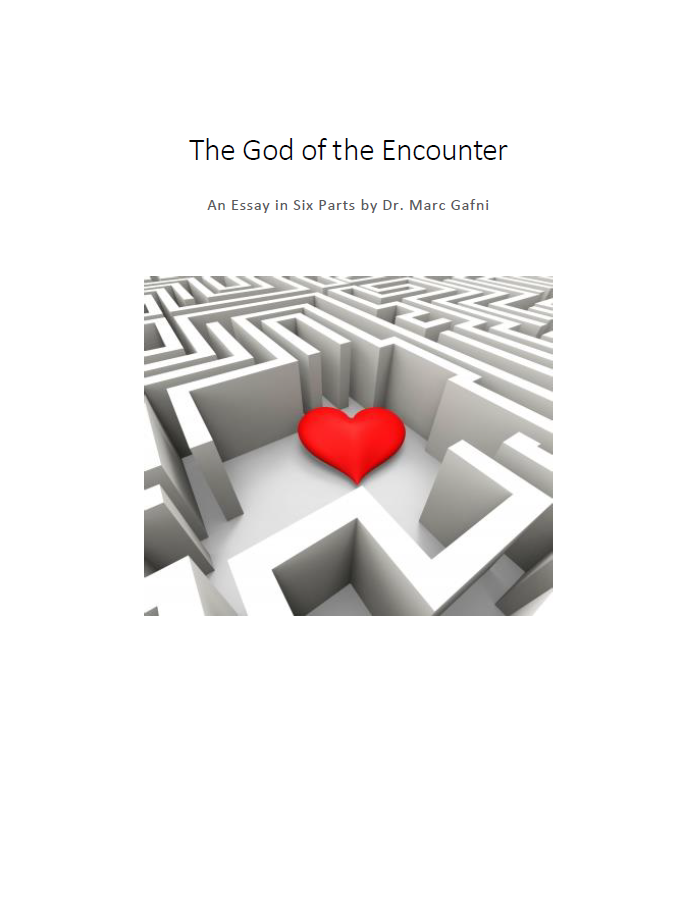
 By Marc Gafni
By Marc Gafni Marc Gafni was recently featured in
Marc Gafni was recently featured in 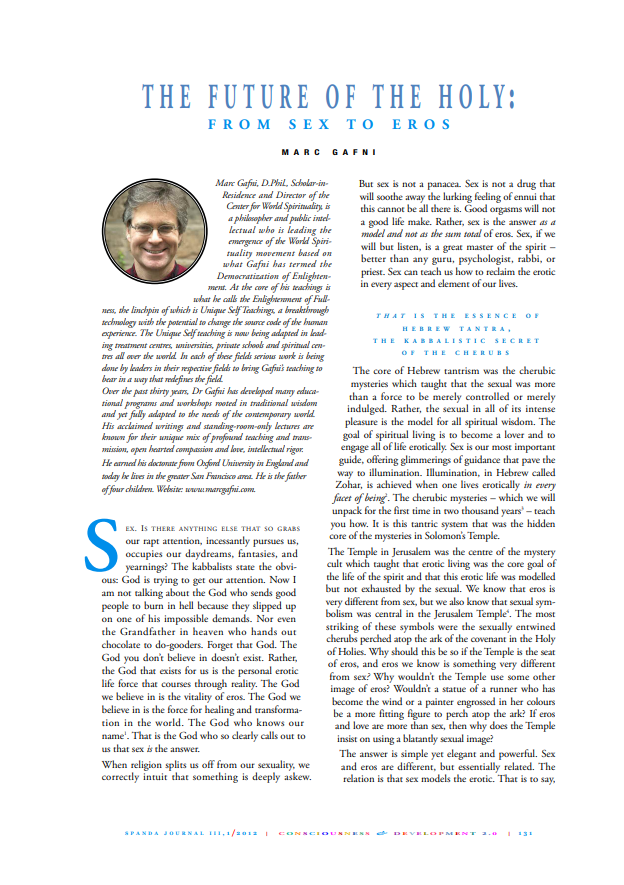
 Implications: A Great Voice Which Does Not Cease
Implications: A Great Voice Which Does Not Cease